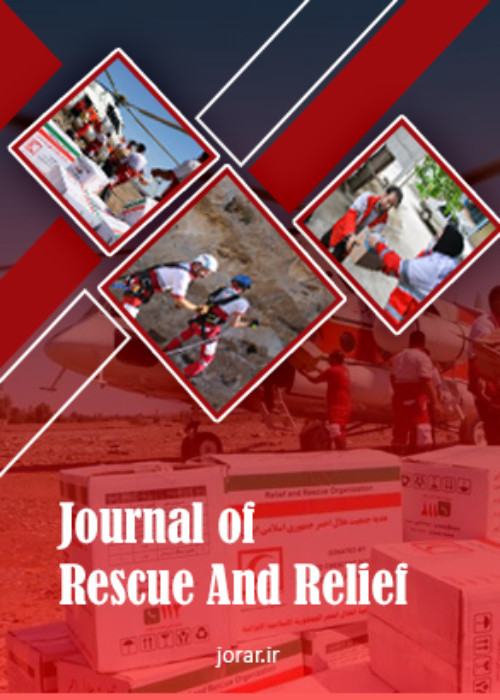Effect of Built Environment on Health Dimensions during the Quarantine: A Cross-Sectional Study Following the Covid-19 Pandemic in Iran
The imposition of quarantine in pandemics brings about negative psychological consequences. Sufficient understanding based on environmental and behavioral sciences leads to the prediction of needs and preparedness. Given the role of housing and the environment on health, awareness of their effects on the COVID-19 pandemic will facilitate future actions and risk management planning.
The present cross-sectional exploratory study was conducted based on a mixed-method approach. In the qualitative section, participants who were selected by non-probability sampling method were interviewed via phone, and data collection continued until data saturation using the snowball method. A number of 27 telephone interviews were conducted and after the content analysis of unorganized data, the questionnaire was developed in three parts, the initial pilot was conducted on 30 participants, and Cronbachchr('39')s alpha was calculated at 0.76. Moreover, 144 online questionnaires were completed in What’sApp virtual groups by purposive and available sampling method, followed by statistical analysis.
As evidenced by the obtained results, in house and interior design scales, surface area; furniture; color; opening and outdoor space as well as living space and in neighborhood scale, density indicators; shared accesses and spaces have positively affected the tolerance of quarantine, reduction of anxiety, and health improvement. Furthermore, stress-reducing places were found to be different in different age groups. In addition, some motivations have generated some new behaviors and needs which are supported by such affordances as openings and windows to open spaces for the provision of natural daylight and ventilation, as well as a specific open space for movement, nature enjoyment, activity, physical activity, and contact with the natural environment.
There was a reciprocal relationship between behavioral orientations and environmental-physical aspects of housing in the current health crisis. The residential environment can influence disease prevention and the promotion of health-related behaviors.
- حق عضویت دریافتی صرف حمایت از نشریات عضو و نگهداری، تکمیل و توسعه مگیران میشود.
- پرداخت حق اشتراک و دانلود مقالات اجازه بازنشر آن در سایر رسانههای چاپی و دیجیتال را به کاربر نمیدهد.



